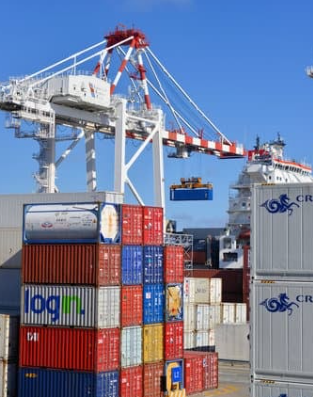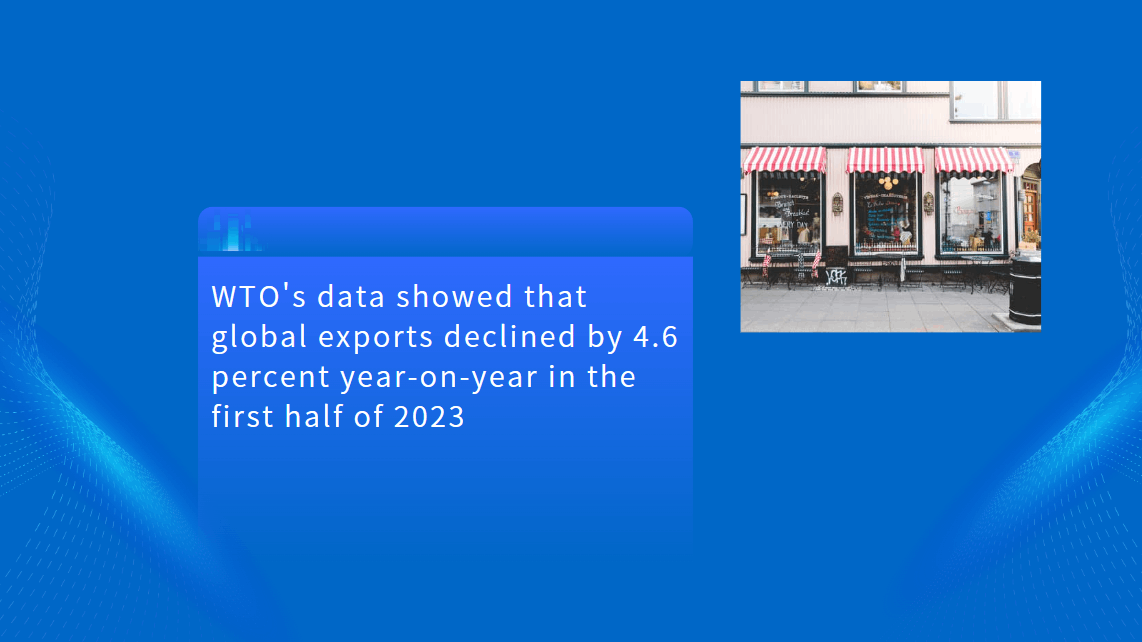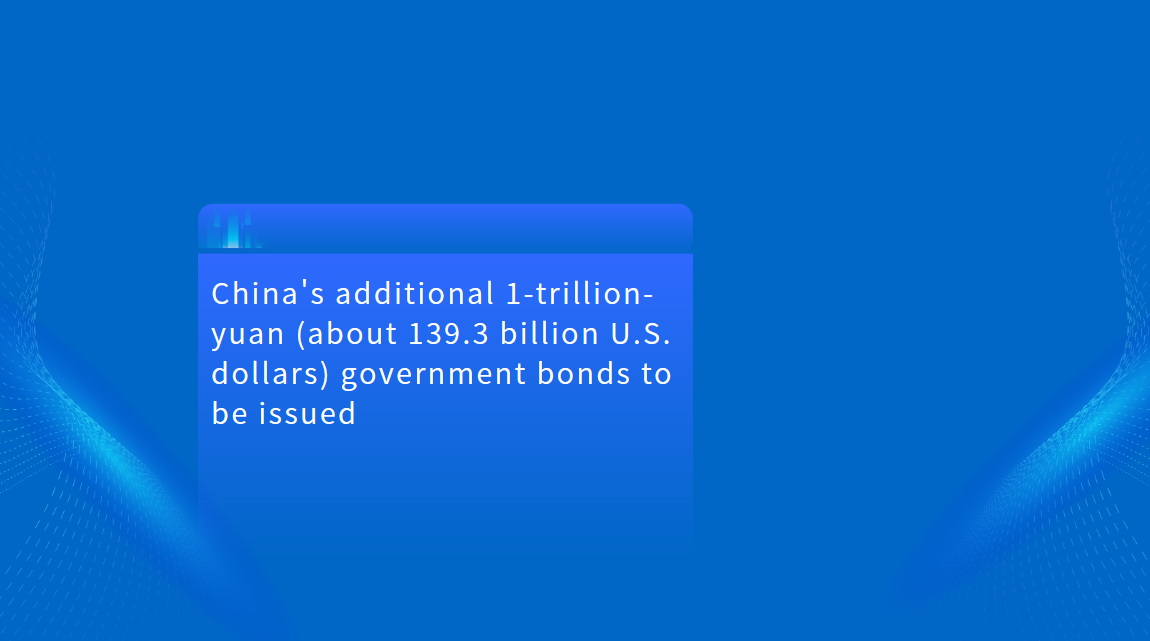China's 2024 Balance of Payments: Key Insights and Global Implications
China's economic dynamics in 2024 have seen interesting shifts in its Balance of Payments (BoP), offering crucial insights into its trade, financial flows, and global economic positioning. Here’s a closer look at the preliminary data released by the State Administration of Foreign Exchange (SAFE) and what it means for global business professionals.
////
Current Account Surplus: A Balanced Trade Story
ONE

In 2024, China's current account registered a surplus of RMB 3.01 trillion (USD 422 billion). This includes a significant trade surplus of RMB 5.48 trillion (USD 768 billion) under goods, while services continued to be a drag with a deficit of RMB 1.63 trillion (USD 229 billion).
A closer inspection reveals that China’s goods trade remains robust, with exports continuing to drive surpluses. The surplus in goods accounted for RMB 5.48 trillion (USD 768 billion). However, the services sector still faces challenges, particularly in transportation, travel, and financial services, which cumulatively led to a deficit of RMB 1.63 trillion.
For global businesses, this highlights two crucial points:
-
Opportunities in Trade: China's goods surplus is a key indicator of its sustained manufacturing capacity and its importance as a global supply chain hub.
-
Service Sector Deficits: The imbalance in services is a critical area for foreign businesses to explore, particularly for those offering services in logistics, technology, and consulting, where China's import needs continue to rise.
////
TWO

China's primary income registered a deficit of RMB 941.2 billion (USD 132 billion), with outflows exceeding inflows, reflecting its role as a net investor globally. This is in contrast to its secondary income, which posted a modest surplus of RMB 331 billion (USD 46 billion), primarily driven by smaller remittances and transfers.
This primary income deficit is a notable aspect for international investors, especially those involved in direct investments. It underscores the growing outflows from China's expanding portfolio of overseas investments, signaling a shift in its financial engagement with the world.
////
Capital and Financial Accounts: Net Deficit
THREE
The capital and financial accounts recorded a deficit of RMB 3.15 trillion (USD 441 billion) for the year. This was largely driven by outflows in direct investment, with RMB 1.20 trillion (USD 168 billion) in net direct investment liabilities, indicating China's increased outbound investment activity.
In contrast, the increase in foreign exchange reserves by USD 623 billion suggests a strong position in maintaining liquidity, which remains critical amid global uncertainties. This dynamic reflects China's continuing transition to a more outward-focused economy, with capital moving across borders to support its growing global footprint.
The BoP report for 2024 presents a picture of China as a major global trade player with increasing outbound investment, but it also reveals the challenges and shifts that international businesses must navigate, particularly in sectors related to services and capital flows.





















































First, please LoginComment After ~